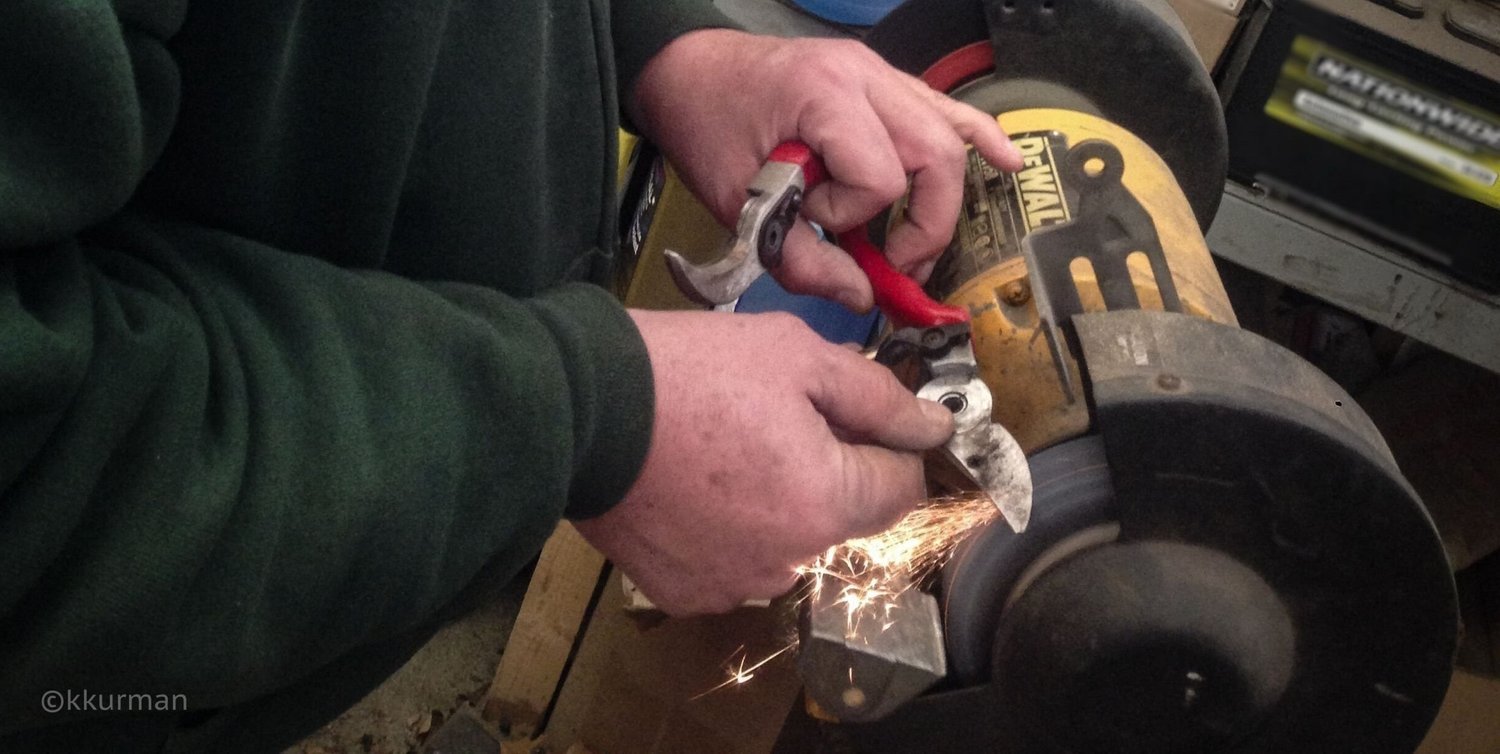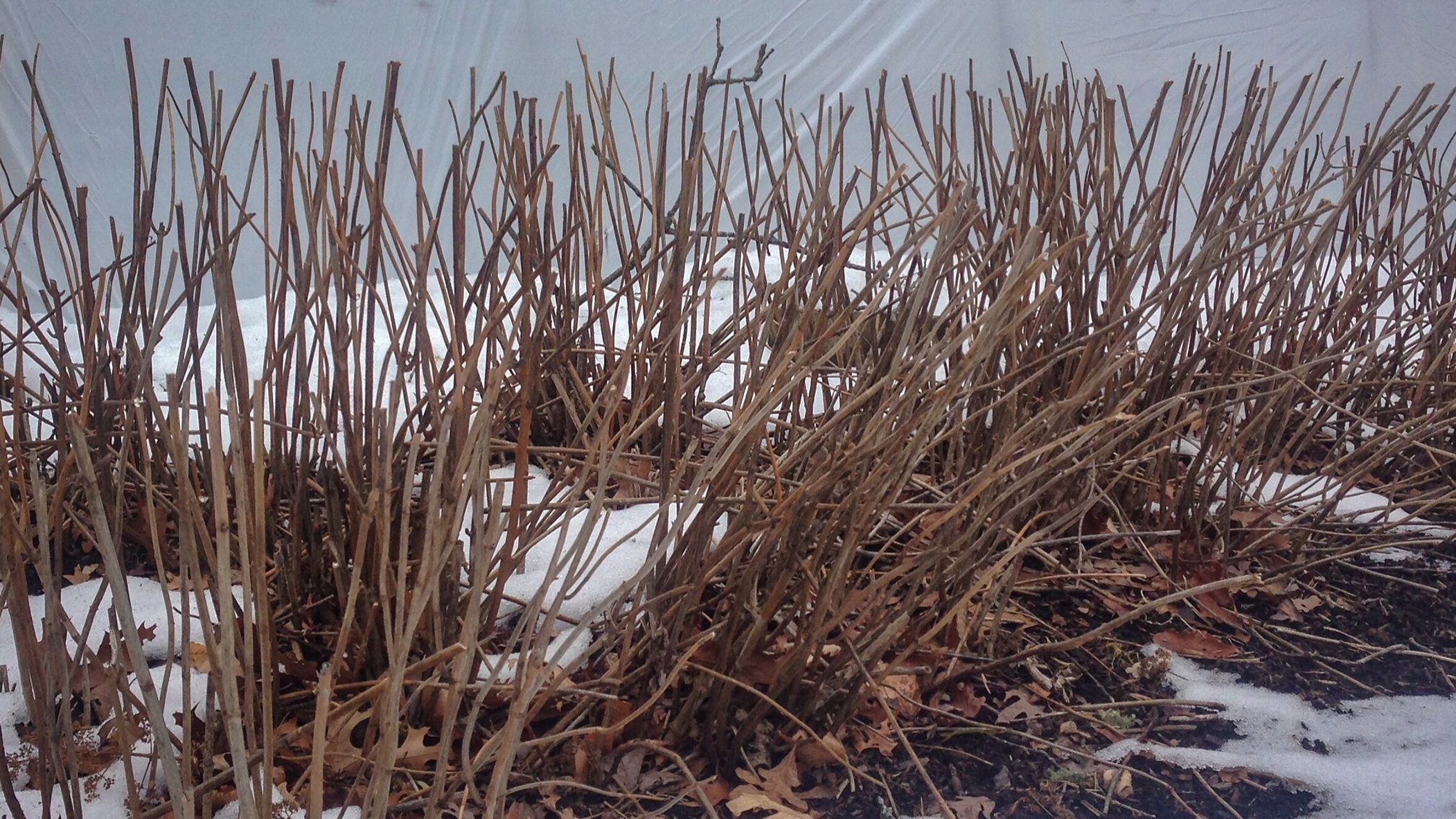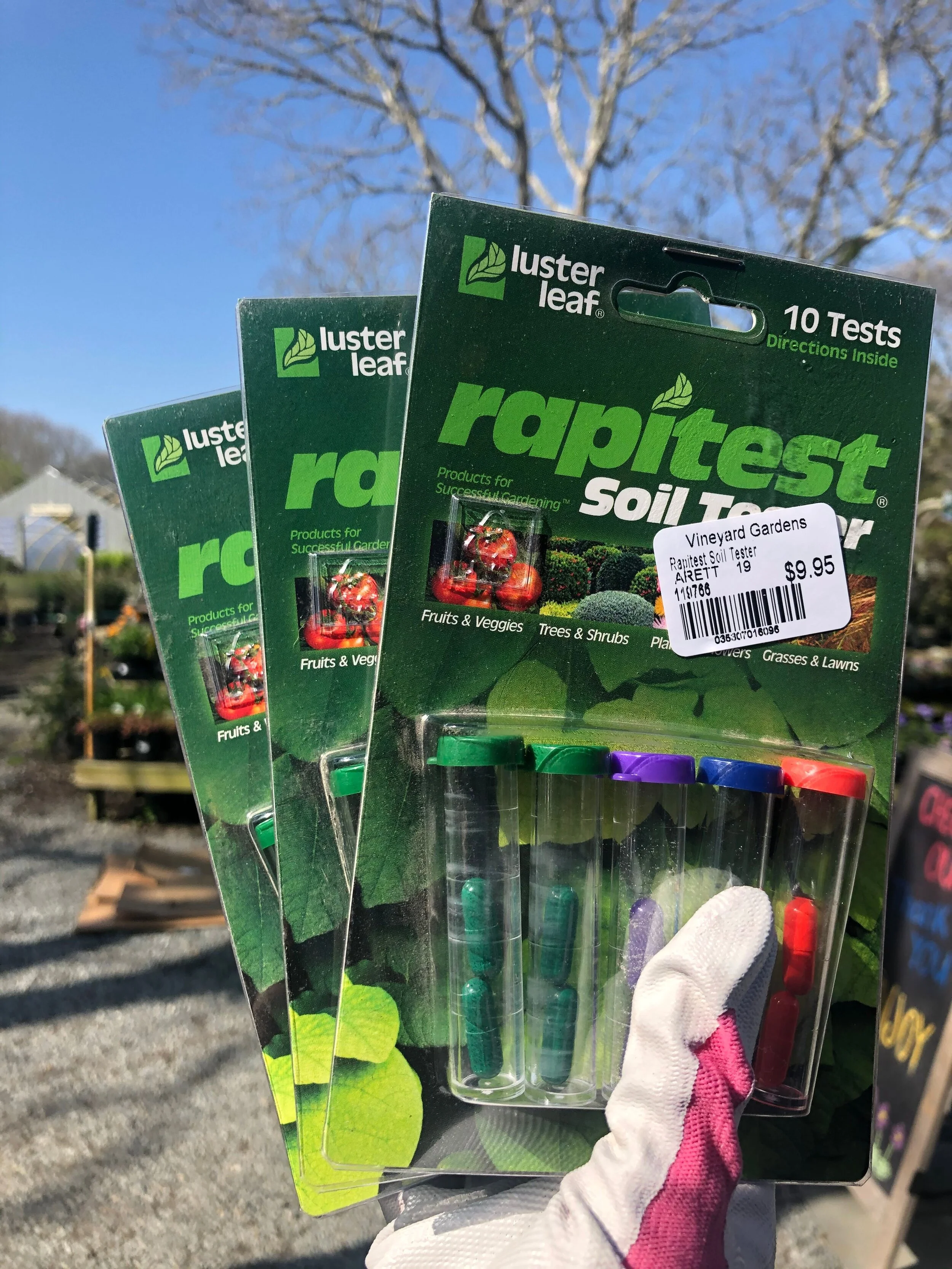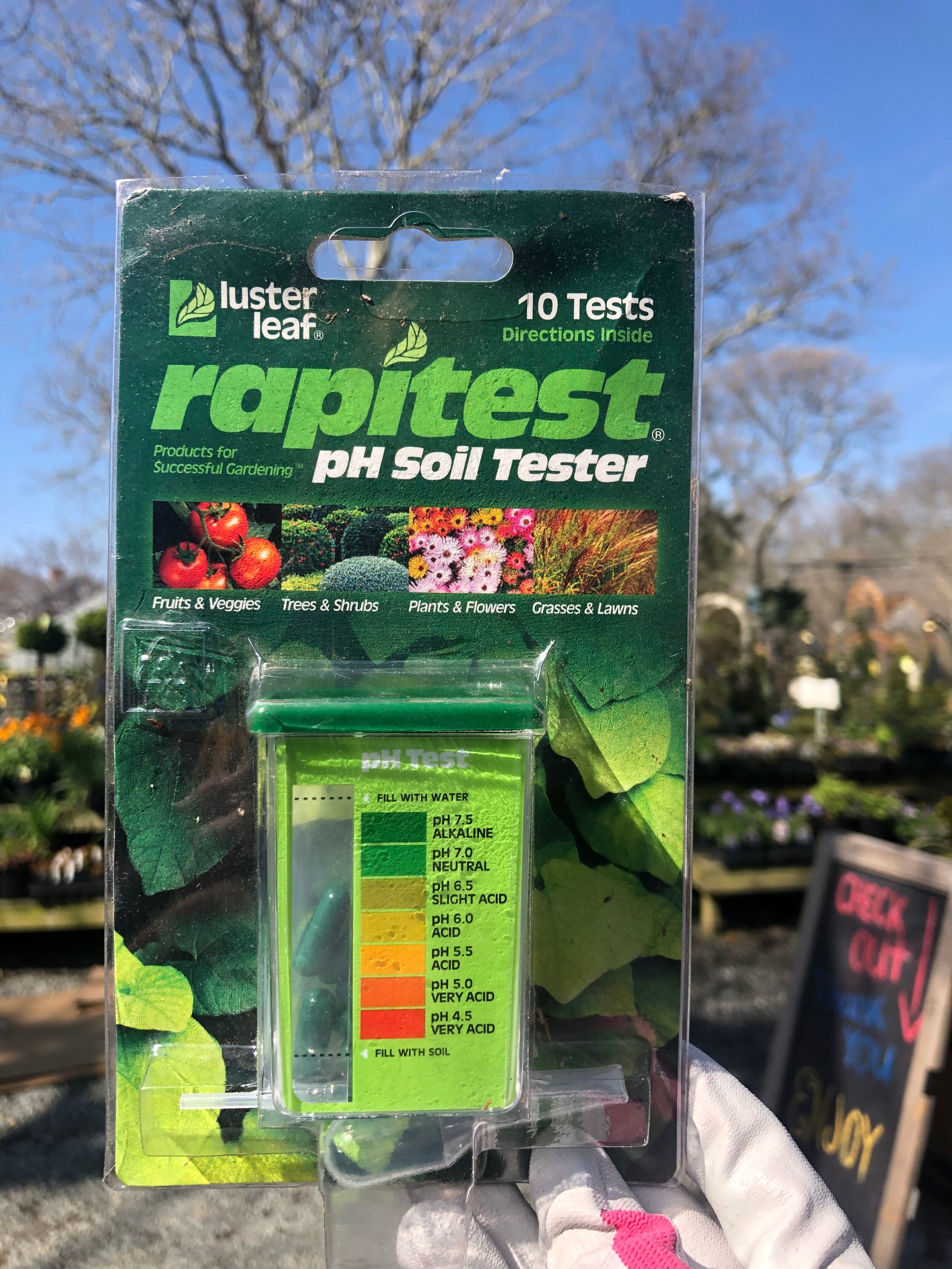MAY GARDENING TIPS
May brings warmer sunnier days, cooler nights and springtime rains, the perfect combo to get your newly planted trees, shrubs and perennials established!
SOIL CARE: Nourish your soil! Applying nutrients to the soil nourishes it, making it richer with the minerals and essential elements your plants need to grow. Learn to make your own compost out of your biodegradable waste and use that to feed your plants. We have Coast of Maine compost and manure, as well as Fafard products. You can also take this time to test your soil with a soil testing kit to see what your soil needs. We have those in stock as well.
FERTILIZE: Time to fertilize last years new plantings by top dressing. Sprinkling handfuls of fertilizer around the drip line of the shrubs. Not too close to main stem. The roots grow outward. Organic fertilizers are slower release and contain a lot of secondary and micronutrients. We recommend them! The macronutrients are N,P and K (Nitrogen, Phosphorous and Pottasium) the 3 numbers represented on most fertilizer products. The secondary nutrients are calcium, magnesium and sulfur and there are quite a few micronutrients.
MULCH: Leaf compost is a great island resource to use in your garden beds! This imitates the annual forest leaf fall and provides established plants with all the nutrients they need. Use leaves from your own yard and and/or leaf compost (shredded leaf mulch) that we carry to return local island nutrients to your gardens. We carry shredded leaf compost (island grown) as well as bagged Coast of Main mulches.
ANNUALS: Cool weather annuals now ready to plant. Pansies, violas, alyssum, calendulas, bachelor buttons, argyranthemum daisies, osteospermum and lobelia!
PERENNIALS: It’s time to start planting your perennials!
DIVIDE PERENNIALS: This is a good time to divide summer and fall blooming perennials when they are just emerging.
VEGETABLE GARDENS: Vegetable gardens to be prepped and planted. This is the season to plant cool weather veggies, small fruits and fruit trees. All these are now available at the nursery! Mid to late May we will be bringing our basil and tomatoes out from our production facility to the nursery. But don't push these it's still a little cool at night.
TREES & SHRUBS: Now is a great time to add trees or shrubs to your property. Early May brings sunny day, cool nights and springtime rain which are all great ingredients to get your trees and shrubs established!
PRUNE: Prune any diseased or dead wood on your trees and deciduous shrubs. Prune plants that bloom on new growth.
LAWN CARE: Water your lawns less often and deeper to promote deeper roots. Mow your lawns a little higher and they won't brown out in the heat of summer. May is still a good time to fertilize your lawn if you did not do it in April. It is also a good time to lime, if you didn’t do it in the fall. It takes many months for lime to cause a change in the ph of the soil. Lime now to ensure a healthy fall lawn.
Always think ahead when gardening. Timing is everything!
Malus Crabapple photo by keith kurman
Viburnum burkwoodii photo by Keith Kurman
Bleeding Hearts photo by Keith Kurman








































